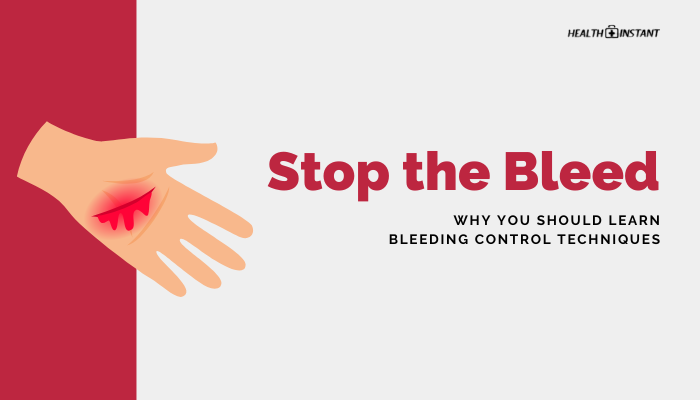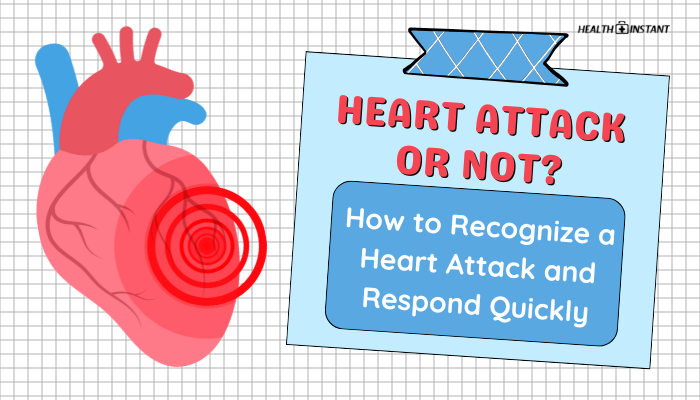What is Thyromegaly?
Hormone has a vital role in the metabolism of our body. It has a helpful impact on our health. A certain condition sometimes called “bronchocele”) is one of the major problems that rarely occur in the society especially during pregnancy and childhood. It comes from different aspects and needs to be treated dependent on those factors.
A thyroid gland which turns out to be enlarged is often referred to as a “goiter”, a butterfly-shaped gland and is situated at the base of the neck and secretes hormones (thyroxine and triiodothyronine). A condition that can result from low or high levels of thyroid hormones or from a deficiency of iodine in the diet.
Generally, an estimated of two hundred million individuals both (men and women) are affected by this illness and it is the female who are more affected than the male ones. A disorder that has many different causes and raises its affected patients regardless of its age.
The following are the three (3) varieties of goiter that are based on their visibility. The following are as follows:
- Hyperthyroid
- Euthyroid
- Hypothyroid
Hyper-thyroid (graves disease)
- A type of goiter wherein there is excessive circulating and intracellular hormones stimulating is present that is why thyroid gland will both enlarge. It is associated with eye lid dryness and swelling of the entire eyes.
- Also known as Hyperthyroidism, wherein the gland produces a lot of thyroid hormone.
Euthyroid goiter
- A type of goiter that does not change thyroid function and in a form of solid or fluid-filled cysts within the thyroid gland specifically grows below your sternum (breastbone). It doesn’t have symptoms and is non-cancerous. A normal production of thyroid hormones by the thyroid if and only accompanied by normal circulating hormones.
Hypothyroid goiter
- A type of goiter that is not producing enough of hormones and inadequate replacement theraphy. That will be able to make enough thyroxin in the body specifically grows below the level of your clavicle (collarbone).
- The gland stops making the thyroid hormone.
This disease is also classified into three (3) categories based on the severity of the mass currently is seen in the body including:
- Diffuse Goiter – wherein masses are covering the entirely thyroid
- Non-toxic Goiter – are lowering the function of the thyroid in the body
- Toxic Goiter – are higher than the average thyroid
Any treatment for a goiter can consist of procedures to take care of that certain disease. Cosmetic is not necessary for the medication of the thyroid.
Symptoms
The presence of this disease typically means that there is something wrong inside our body exclusively in the thyroid gland that is not functioning normally.
There are various different signs and symptoms of a goiter. These are as follows:
- Dizziness
- Headache
- Mildly fever (if there is infection)
- Sore Throat
- Neck Pain
- Heat Intolerance
- Weight Loss
- Difficulty Breathing – (certain body positions)
- Difficulty in swallowing
- Coughing or choking – (due to tightness in the esophagus area)
- Thyroid Enlargement – (slightly bigger to massive enlarged)
- Digestive Problems
- Neck and Ear Pain
- Bad Breath
Causes
There are many different causes of goiters including:
- Insufficient iodine in the diet
- Infections
- Inflammation and Infiltration – The affected area looks worse when ingesting.
- Tumors (benign/ malignant)
- Hereditary / Family History
- Selenium Deficiency
- Taking some medications
- Pregnancy – The gland incorrectly stimulates the hormone constructed by the pituitary gland.
For you not to increase the chance of getting a disease caused by goiter. The following factors need to be considered:
- Personal Trait – Age and Gender (40 years older and above). Women are more high risk than men.
- Hereditary (Family History)
- Taking medicines such as cobalt or lithium
- Radiation Exposure
- Not taking food that is high in iodine content (cabbage, peanuts, peaches, etc.)
Treatment
In history, study shown that first that was successfully treat the affected goiter patients were the Chinese physicians. Therefore, here are some of the treatments/ remedies available depending on the severity of the disease.
The following are as follows:
- Taking small doses of iodine
- Take certain medicines, such as lithium, iodides, and cobalt
- Keeping the goiter from growing any larger and stabilizes the size of the gland. These are only the few drugs that decrease level of hormones present in the body, PTU and methimazole.
- Ethanol Infusion
- Thyroid Hormone replacement – Activates gene transcription and synthesis of messenger RNA and cytoplasmic proteins. It can be done via surgery or radiation treatment.
Surgery (thyroidectomy)
- Reserved only for the following situations:
Huge goiters with constriction malignancy to get rid of all or part of the gland
- Levethyroxine suppressive therapy
This treatment is a long procedure and is a useful tool in the medication of nontoxic multinodular goiter.
- Cosmetic ( not a common procedure)
This specific home remedies / treatment are mostly adopted by patients who are suffering from this condition. A few of these therapies proven to work are:
1. Use dandelions or dandelions paste
- Applied directly to the affected area two (20 to three (3) times a day for several weeks.
- It greatly helps in reducing swelling to the affected area.
2. Daily consumption of shingara (followed strictly)
- Proven in eliminating goiter in an early stage.
3. Using up of carrots, lettuce, etc. to our diet
- Helps in keeping the goiter harmless.
4. Drinking lots of fluids, such as milk, fruit juices, etc.
- Sipping a lot of juices and fluids for three (30 to five (5) five successive days.
- Helps to purify the body structure and ease goiter swelling.




